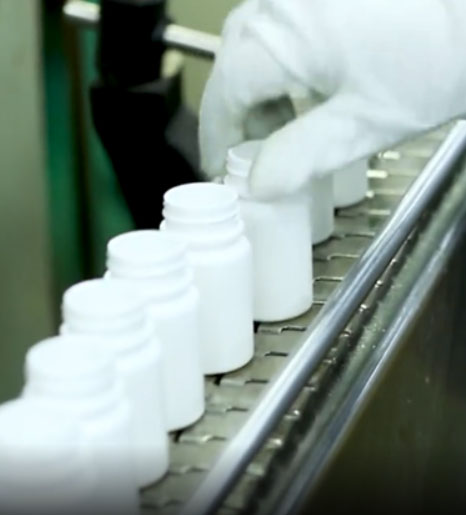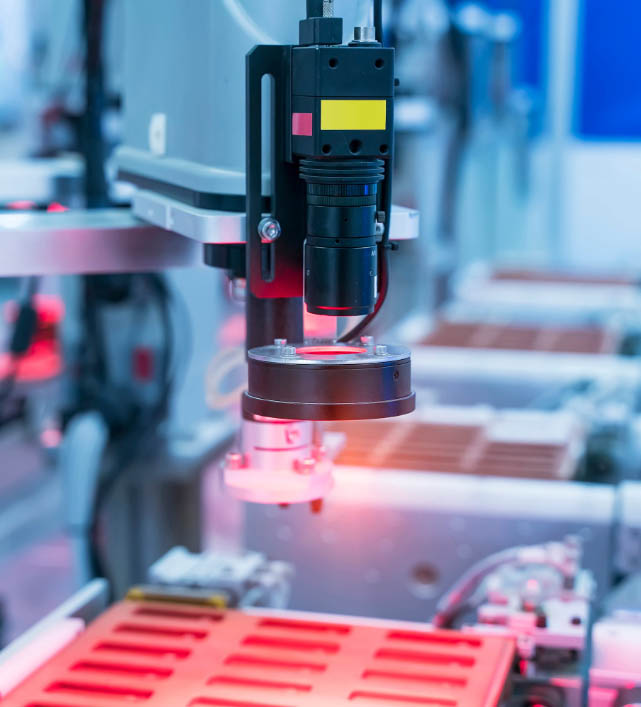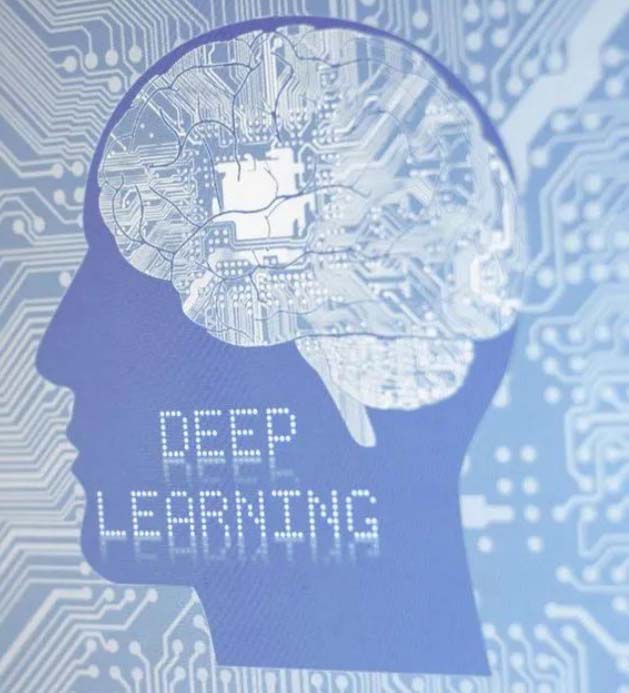Comparison of the Characteristics of Manual Inspection, Traditional Algorithm Visual Inspection, and AI Algorithm Visual Inspection
May 23, 2024
There are currently three inspection methods in the production of plastic packaging containers. The first is traditional manual inspection, which detects defects in the product through eye observation. The second is machine vision inspection, which is based on traditional algorithms. The third is the latest AI algorithm visual inspection system. With the increasing quality requirements for packaging products in the global industry, the efficiency of defect inspection will also become more stringent. Below we will compare several existing testing methods, which will help people find the appropriate testing method to better meet quality requirements and reduce enterprise operating costs.
Due to subjective factors, low efficiency, and susceptibility to fatigue, manual vision inspection cannot guarantee the efficiency and long-term stability.
Traditional algorithms vision inspection have many parameters and rely heavily on professional debugging personnel. Poor adaptability, high false detection rate while ensuring detection accuracy, resulting in low detection efficiency.
Deep learning AI vision inspection system enables machines to learn the inherent patterns and representation levels of sample data, enabling them to have the ability to analyze, learn, and reason logically like humans. Excellent long-term performance and stability, with efficient detection accuracy.
Human visual inspection has a relatively low recognition rate for colors, which is easily influenced by human psychology and cannot be quantified. Then, machine detection color discrimination can be quantified. For example, human eyes can only recognize 64 grayscale, and machines have strong grayscale recognition ability. Currently, 256 grayscale levels are generally used, and the acquisition system can have grayscale levels such as 10 bit, 12 bit, and 16 bit. The resolution of the eyes is poor, and they cannot view small targets with high resolution. Machines can observe targets at the micrometer level, but the human eye has a slow observation speed. The 0.1 second visual persistence makes it difficult for the human eye to see fast-moving targets clearly. On the other hand, machines have a fast speed, with a shutter time of about 10 microseconds and a high-speed camera frame rate of over 1000. The processor speed is getting faster, and the human eye range is narrow. Visible light devices in the 400nm-750nm range have a wide detection range, ranging from ultraviolet to infrared spectra. Human visual inspection has poor adaptability to the environment, and there are many situations that can cause harm to people. Machine vision inspection has strong adaptability to the environment, and protective devices can also be added. Human eye detection has low accuracy and cannot be quantified. Machine vision has high accuracy and can reach the micrometer level, making it easy to quantify. Relying on human detection also has other subjectivity, psychological influence, and fatigue.
From the above data and analysis, it can be seen that replacing human visual inspection with machine vision inspection will be a trend, especially with the continuous increase in labor costs worldwide. Whether it is from the perspective of production costs, management standards, or detection efficiency, the new generation of AI algorithm visual inspection will be favored by the market. Currently, the visual inspection system supported by the latest generation of AI algorithm by Keye has been increasingly recognized by more customers in domestic and international markets, and has become a leading enterprise in the plastic bottle, cap, printing and other industries. At the same time, it has played a good role in promoting the real landing of artificial intelligence in the packaging inspection market.


